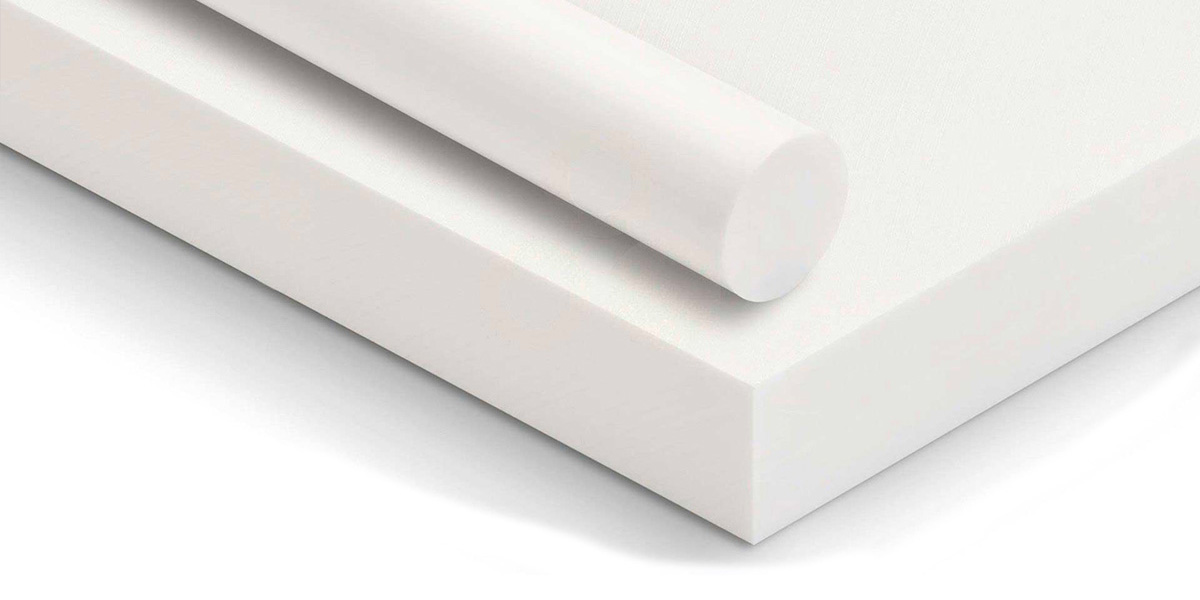In the realm of advanced materials, hexagonal boron nitride (h-BN) often emerges as a topic evoking curiosity, akin to a rare gem concealed within the rugged mine of conventional ceramics. Its intriguing structure, properties, and applications warrant an examination that transcends mundane categorizations. Analyzing whether hexagonal boron nitride can be classified as a ceramic reveals layers of complexity, similar to the very crystalline matrix it embodies.
To commence, a thorough understanding of ceramics is essential. Traditionally, ceramics are defined as inorganic, non-metallic materials that have undergone the process of sintering. This involves the compacting of powdered materials followed by heating below their melting point, which fosters the chemical bonds that confer strength and durability. Common examples include alumina, zirconia, and silicon carbide. The architectural nature of these materials is decidedly rigid, and they are lauded for their thermal stability, hardness, and insulating properties.
At this juncture, one might regard h-BN as possessing a certain duality, not merely eclipsed by its ceramic counterparts but rather as a shapeshifter within the very fabric of advanced materials. Hexagonal boron nitride’s crystalline structure mirrors that of graphite, characterized by layered hexagonal arrangements that allow for exceptional lubrication properties, much like sheets of paper gliding effortlessly over one another. This structural analogy is pivotal in understanding the material’s uniqueness.
The classification of h-BN as a ceramic is not merely semantic; it beckons deeper consideration of its properties. Hexagonal boron nitride exhibits remarkable thermal stability, a characteristic quintessential to ceramics. It maintains integrity under temperatures approaching 2000°C in inert environments, which places it among the stoic sentinels of high-temperature applications. This aspect alone invokes admiration, as many materials falter under such strenuous conditions.
Moreover, the mechanical properties of h-BN further solidify its position within the ceramic family. With a Mohs hardness of between 2 and 3, while not the hardest material, h-BN exhibits high compressive strength and excellent thermal conductivity, attributes that aficionados of material science would enthusiastically endorse. Its performance under tribological conditions is noteworthy, making it a preferred candidate for applications requiring minimal friction and wear resistance, such as coatings for cutting tools and components in automotive engines.
The insulating properties of h-BN also warrant scrutiny. Unlike many traditional ceramics that may act as insulators, h-BN exhibits excellent electrical insulating capabilities, rendering it valuable in the electronics sector. In this capacity, it serves as a substrate for semiconductors, enhancing the performance of various electronic devices. This multifunctionality aligns with the evolving landscape of materials science, wherein versatility is celebrated.
Compositionally, h-BN is the result of the coupling of boron and nitrogen atoms, employing sp2 hybridization to forge its unique planar structure. This amalgamation creates a bond that is not only robust but also resilient against thermal shock and chemical attack, further demonstrating its ceramic-like attributes. Its inherent chemical inertness contrasts sharply with the reactivity often observed in metals and other materials. Hence, the characterization of h-BN as a ceramic material emerges, fundamentally rooted in its chemical stability and mechanical robustness.
Examining the applications of h-BN elucidates its dual identity. In cutting-edge technology domains, h-BN serves multifarious roles: as an additive in cosmetic formulations to improve texture, a lubricant in mechanical systems, and even as a protective coating that fortifies components against high-temperature and corrosive environments. Each role highlights the metamorphosis of h-BN from its elemental origins to a refined product imbued with sophisticated capabilities.
Additionally, in the burgeoning field of nanotechnology, h-BN takes center stage. Its nanosheets promise innovative applications ranging from drug delivery systems to the development of flexible electronics. The generation of h-BN nanosheets, akin to crafting delicate lace, represents a transformative leap in material science. These nanosheets reveal the intricate beauty and potential that h-BN harbors within its crystalline lattice, merging aesthetics with functionality.
The juxtaposition of hexagonal boron nitride’s properties leads to an intriguing discourse that challenges traditional classifications of materials. To declare h-BN a ceramic encapsulates the essence of its mechanical resilience and thermal stability. Yet, to appreciate h-BN fully, one must consider its subtle nuances and characteristics that elevate it beyond conventional definitions. This layered complexity renders it a hybrid material, an entity that fluidly navigates the boundaries between ceramics and other material classes.
In conclusion, the inquiry into whether hexagonal boron nitride qualifies as a ceramic is a reflection of the material’s inherent dynamism. While its properties suggest a strong affiliation with ceramics through thermal and mechanical performance, its applications and behavior in diverse environments reveal a multifaceted material that transcends traditional definitions. h-BN is not merely a static member of the ceramic family; it is a forerunner in a new era of advanced materials, captivating researchers and engineers alike with its unique charm and multifarious capabilities. The allure of hexagonal boron nitride lies not only in its structural elegance but also in its potential to redefine the standards of what constitutes a ceramic in the modern age.












